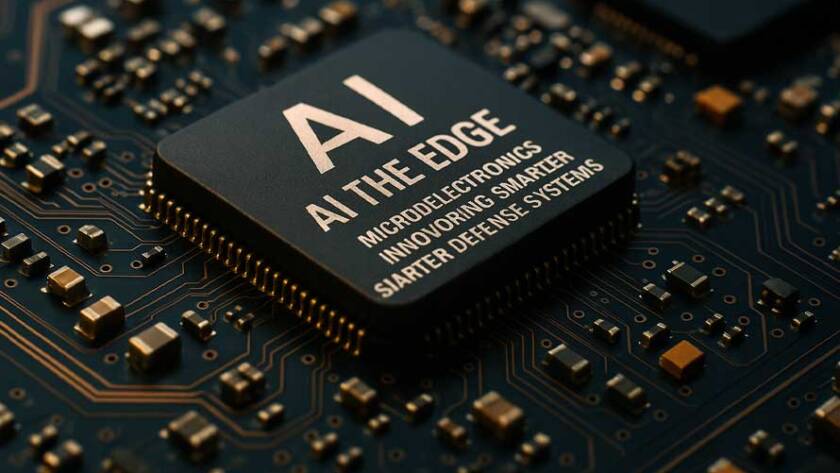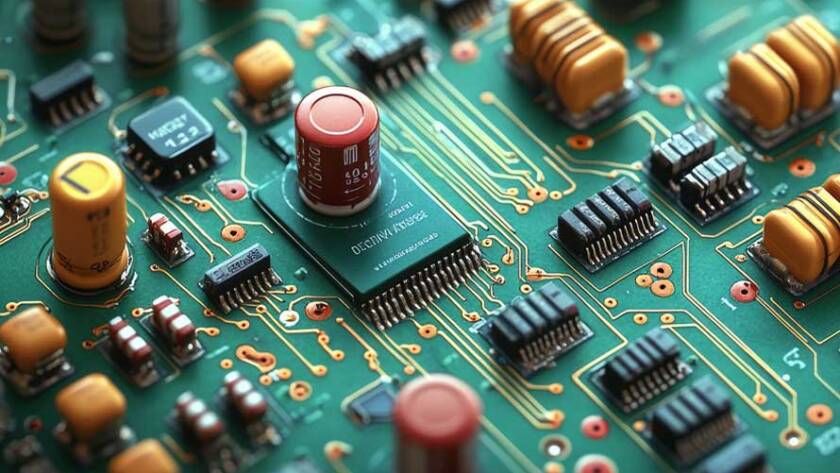The strategic integration of artificial intelligence at the edge—where data is processed locally on embedded devices rather than in centralized data centers—has become a defining priority in modern defense systems. In April, new microelectronic architectures were unveiled that offer transformative capabilities for edge AI in aerospace and military applications, including enhanced autonomy, reduced latency, and…
Read More










